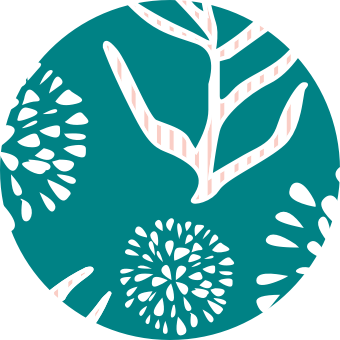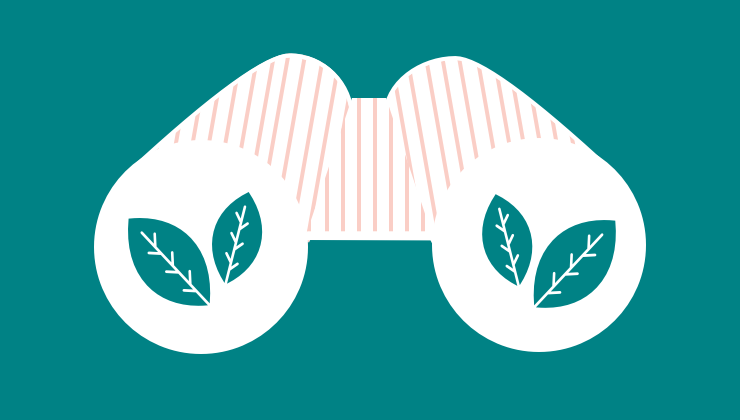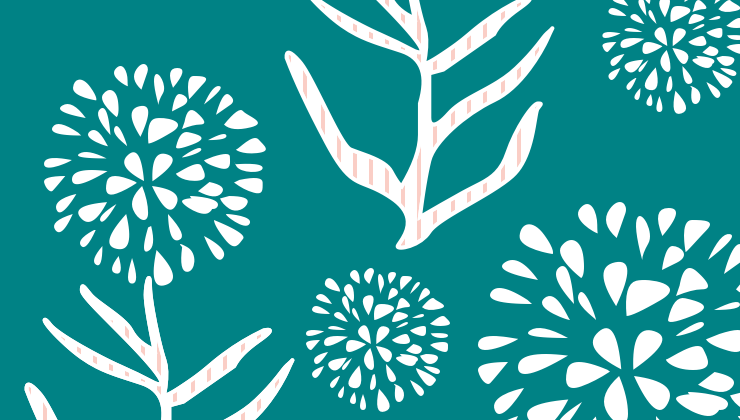The Important Plant Areas criteria are designed to be applicable to vascular plants, hornworts, mosses, lichens, liverworts, algae and fungi. IPAs are identified using three criteria:
A: threatened species
A (i)
Site contains one or more globally threatened species.
Site known, thought or inferred to contain ≥5% of the national population, OR the 5 “best sites” for that species nationally, whichever is most appropriate.
A (ii)
Site contains one or more regionally threatened species.
Site known, thought or inferred to contain ≥5% of the national population, OR the 5 “best sites” for that species nationally, whichever is most appropriate.
A (iii)
Site contains one or more highly restricted endemic species that are potentially threatened.
Site known, thought or inferred to contain ≥1% of the global population AND/OR ≥5% of the national population, OR the 5 “best sites” for that species nationally, whichever is most appropriate. A highly restricted endemic (HRE) is a species with a range of <100 km².
A (iv)
Site contains one or more range restricted endemic species that are potentially threatened.
Site known, thought or inferred to contain ≥1% of the global population AND/OR ≥5% of the national population, OR the 5 “best sites” for that species nationally, whichever is most appropriate. A range restricted endemic (HRE) is a species with a range of >100 km2 but <5,000 km².
B: botanical richness
B (i)
Site contains a high number of species within defined habitat or vegetation types.
For each habitat or vegetation type: Up to 10% of the national resource can be selected within the whole national IPA network OR the 5 “best sites” nationally, whichever is the most appropriate.
B (ii)
Site contains an exceptional number of species of high conservation importance.
Site known to contain ≥3% of the selected national list of species of conservation importance OR the 15 richest sites nationally, whichever is most appropriate.
B (iii)
Site contains an exceptional number of socially, economically or culturally valuable species.
Site known to contain ≥3% of the selected national list of socially, economically or culturally valuable species OR the 15 richest sites nationally, whichever is most appropriate.
C: threatened habitat
C (i)
Site contains globally threatened or restricted habitat / vegetation type.
Site known, thought or inferred to contain ≥5% of the national resource (area) of the threatened habitat type OR site is among the best quality examples required to collectively prioritise 20-60% of the national resource OR the 5 “best sites” for that habitat nationally, whichever is the most appropriate.
C (ii)
Site contains regionally threatened or restricted habitat / vegetation type.
Site known, thought or inferred to contain ≥5% of the national resource (area) of the threatened habitat type, OR site is among the best quality examples required to collectively prioritise 20-60% of the national resource OR the 5 “best sites” for that habitat nationally, whichever is the most appropriate.
C (iii)
Site contains nationally threatened or restricted habitat / vegetation type, AND/OR habitats that have severely declined in extent nationally.
Site known, thought or inferred to contain ≥10% of the national resource (area) of the threatened habitat type OR site is among the best quality examples required to collectively prioritise up to 20% of the national resource OR the 5 “best sites” for that habitat nationally, whichever is most appropriate.
More details
The detailed methodology for IPA identification can be found in these sources:
Iain Darbyshire, Seona Anderson, Anna Asatryan, Andrew Byfield, Martin Cheek, Colin Clubbe, Zeineb Ghrabi, Timothy Harris, Charlie D. Heatubun, James Kalema, Se´kou Magassouba, Ben McCarthy, William Milliken, Bertrand de Montmollin, Eimear Nic Lughadha, Jean-Michel Onana, Doumbouya Saïdou, Anca Sârbu, Krishna Shrestha, Elizabeth A. Radford (2017)
Important Plant: revised selection criteria for a global approach to plant conservation
Biodiversity and Conservation July 2017, Volume 26, Issue 8, pp 1767–1800 Available online
Plantlife (2017)
Identifying and conserving Important Plant Areas (IPAs) Around the world: A guide for botanists, conservationists, site managers, community groups and policy makers
Plantlife, Salisbury, UK Available online






